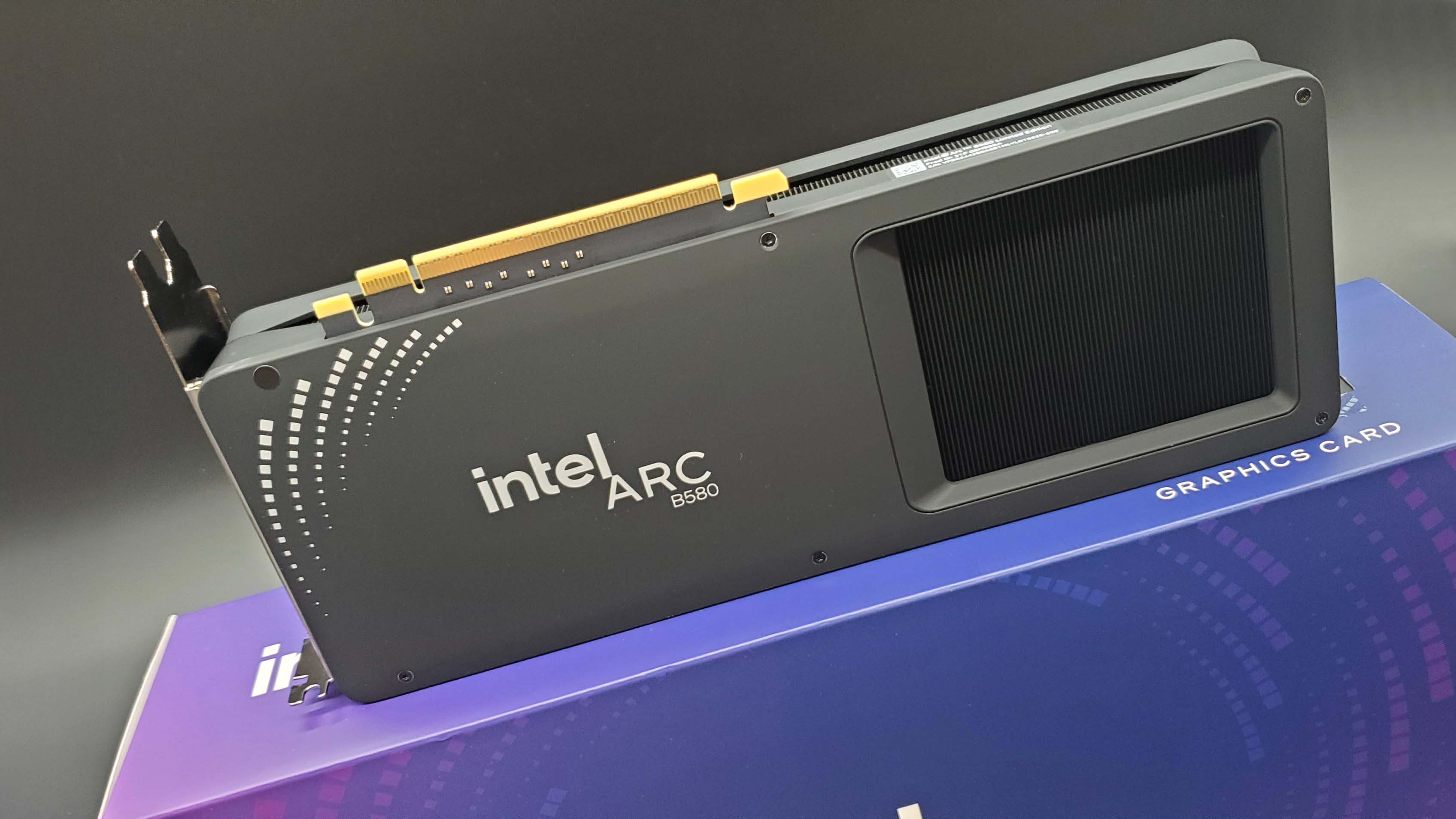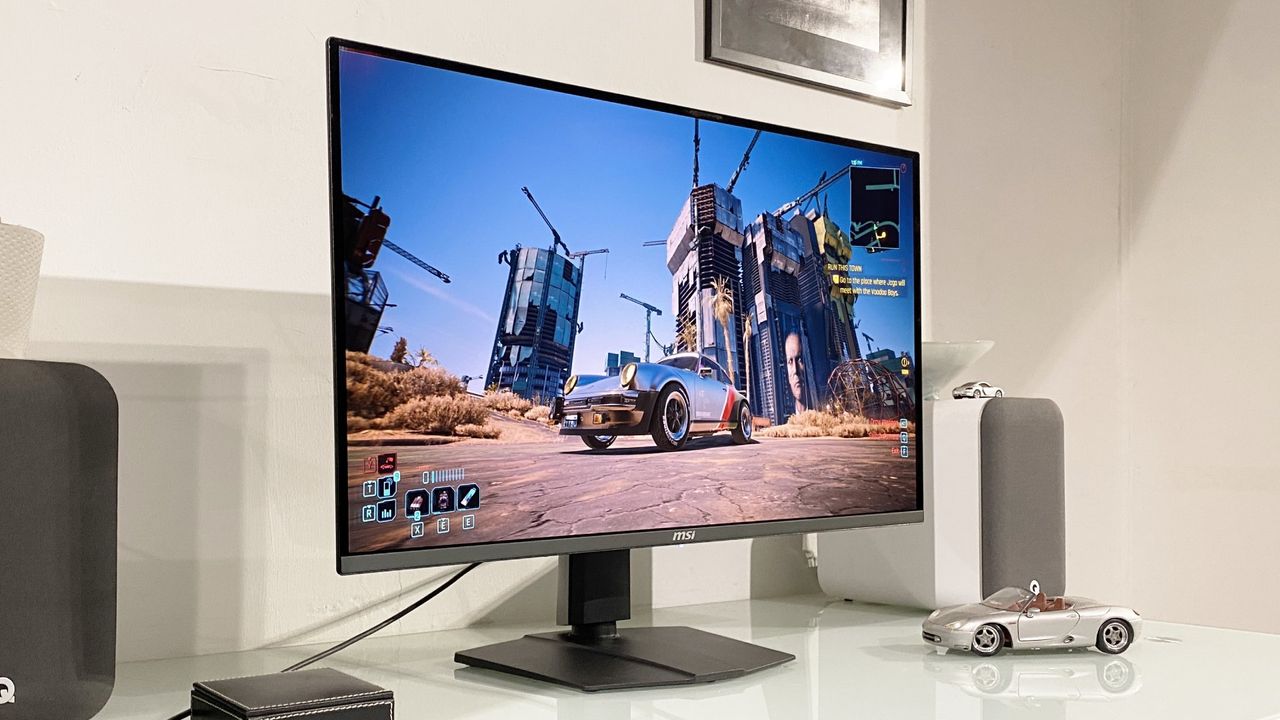
But there could be much worse to come.
Reports of job losses at Intel are reaching critical mass. In the past week, layoffs totalling around 4,000 people are reported to have hit Intel sites across California, Oregon, Texas and Arizona. As bad as these losses are, according to Intel’s own plans for the company they could just be the beginning.
It started last week with a report in the San Francisco Chronicle that 584 jobs are going across Intel’s main Californian operations. Next up is the largest tranche in this latest round of reported job losses, with 2,400 layoffs reported to be taking place in Oregon according to local media outlet Oregon Live.
Another local outlet, azcentral, reports that 700 jobs are to go in Arizona, while Texas is also reported to be among the casualties, albeit to a slightly lesser extent with 110 jobs said to be cut.
A common theme across these reports is that the job losses are larger than initially expected. Oregon Live says that the 2,400 staff lost in Oregon is “nearly five times as many” as it had reported earlier in the week. Meanwhile, azcentral says the 700 jobs lost in Arizona are well above the “initially planned 172 job cuts.”
There are also reports of Intel job losses further afield, including in Israel where local outlet Ynetnews reports that Intel has sent “dismissal letters” to hundreds of employees.
Arguably, this shouldn’t come as a huge surprise. Back in April we reported on Intel’s publicly stated plans to cut its overall workforce by 20%. At the time, Intel employed round 100,000 staff. That results in a simple calculation yielding fully 20,000 job losses.
By that measure, the 4,000 jobs cut in these latest reports make up only a fraction of the total Intel will need to let go to hit that 20% target. And that’s assuming Intel doesn’t feel the need to make even more cuts. So, the assumption here is that there’s plenty more bad news to come regarding Intel job losses.
Of course, all this comes less than a week after CEO Lip Bu Tan reportedly told employees that Intel is “not in the top 10 semiconductor companies.” Then there are the rumours that Intel may be giving up on its all important 18A node for external customers, choosing to push the next-gen 14A node.
Not to put too fine a point on it, but it all looks pretty gloomy for Intel. The most hopeful observation that we can make right now is that it once looked just as bad if not even worse for Intel’s main rival in CPUs, AMD. But today AMD is going from strength to strength and by market cap it is currently worth 2.5 times Intel’s value. Things are very bad for Intel, then, but there is hope.




